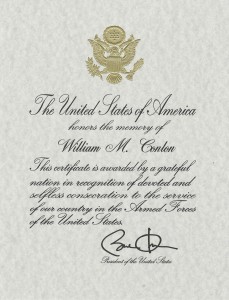The following information was extracted from the file ‘WMC Chronology‘ dated 11 November 2006. I found a copy with additional hand-written notes in a letter that Dad sent to his brother Joe. The most remarkable thing is how he remembered all of the specifics — dates and locations — as I never found a diary in his personal effects. But the other remarkable thing is how he also made good friends and took advantage of opportunities to make the best of his wartime service.
College
Bill matriculated at Northeastern University in September 1941 following his graduation from Whitman High School, and completed his first two years of studies by June 1942, including two ten-week long co-operative work assignments. He refused to accept a third co-op assignment to work at the Boston Edison Company, because his work filling smudge pots was unrelated to his studies of Electrical Engineering. Northeastern suspended him from school for a year on September 17, 1942.
Fore River Shipyard
During the summer of 1942, Bill got work at the Bethlehem Steel Company’s Fore River Shipyard, and continued there after his suspension from Northeastern, while awaiting his draft notice. He did electric layout work below decks, routing electrical and communications systems throughout the various compartments, while trying to avoid interference with piping systems. He worked on three Essex Class Aircraft Carriers:
- CV 16 Lexington (originally the Cabot); keel layed 7/41, launched 9/42, Commisioned 2/43
- CV 17 Bunker Hill; keel layed 9/41, launched 12/42, Commissioned 5/43
- CV 18 Wasp (originally the Oriskany); keel layed 3/42, launched 8/43, Commioned 11/43
[We speculate that his asbestosis dates from his work in the shipyard.]
In the Army
He was inducted on 15 July 1943 and spent four days at Fort Devens before basic training at Fort Bragg assigned to Battery D, 1st Battallion of the 1st Regiment of Field Artillery Replacement Training Center until 27 November 1943.
After basic training, he had a series of educational assignments while waiting for advanced training schools to have slots open before his deployment overseas. From 30 November to 8 January 1944 he was at at Ole Miss, which he enjoyed because the sororities were missing the fraternities. Then it was up to Rhode Island State College (now the University of Rhode Island) until 1 April 1944, followed by Fort Monmouth from 3 April to 21 August, receiving his MOS (Military Occupational Specialty) in Radio Transmitter Repair. He spent another six weeks until 30 September at another post in New Jersey.
During this time he took 3 days to go to Boston to see his brother Joe, who was returning on 28 September from Boot Camp at Sampson NY. His pass was forged by his friend Jack Branchaud, who (being able to type) had duty in the orderly room. After the war, he kept in touch with Jack. While Bill was working at Western Union in 1948, Jack dropped in after returning from a ‘Holy Year’ tour to Rome Italy. The two of them took the train up to Schenectady to visit another buddy, Eddie (Sharpy) Matthews. In 1951, while working at Servomechanisms Inc. he had business trips to Los Angeles, and had dinner with Jack several times, and visited Jack’s optometry office on Wilshire Boulevard.
On 30 September, they boarded a troop train to Camp Stoneman in Pittsburg, California, arriving on 4 October, where they stayed five days and then took a train to Oakland to board the SS Lurline on October 10. Lurline had been a Matson passenger liner serving Hawaii, and her keel had been laid at Fore River shipyard. The first two days out of Oakland, they were escorted by a US Navy Blimp on submarine patrol.
He and Pete Gudekunst were assigned KP duty on 11 October, and volunteered for special duty, which got them assigned to the Crews Mess for the duration of voyage. There only job was to run a crate of potatoes through a peeling machine and hand peeling half a crate of onions each day. This got them 3 square meals a day in the crew’s dining are (the crew was in the Maritime Union), compared to two meals a day in the Army Mess. Also they got access to the bow of the ship whenever they weren’t working, instead of having to be below decks with the other 3000 soldiers on board.
They crossed the date line, so he missed 20 October 1944, and then crossed the equator, stopping at Noumea, New Caledonia on 28 to 29 October to off-load cargo.
En route to New Guinea on a dark night in the Coral Sea, Pete and Bill were on deck when general quarters sounded for a suspected Japanese submarine. They served as ammunition loaders on the 3-inch 50 caliber bow gun until they were relieved by the assigned Navy crew.
In early November, the Lurline made call throughout Papua New Guinea, offloading cargo and personnel at Milne Bay, Oro Bay and Finchhaven. Finally on 7 November 1944, all remaining personnel disembarked at Hollandia, Dutch East Indies. They passed through many places where intense combat had taken place, but fortunately they were late to the party.
They spent a month, until 8 December, camped on the mountainside, and took some trips to Lake Senteni and the airstrip. [I am not sure what he meant by ‘trips’, but my Dad always said he had done all his hiking in the army, and preferred to drive].
On 8 December, they boarded LST 916 for what must have been a miserable trip after experiencing the Lurline to Palo, Leyte in the Philippine Islands, arriving 21 December. On 4 January 1945, they boarded LST 922 in Tolosa, Leyte and arrived at Lingayan Gulf, Luzon on 12 January 1945, to join the Battle of Luzon.
On 14 January, they were at the 4025 Signal Service Battalion camp near where the Corps of Engineers was constructing 12 rhombic antennas, each with legs about 100 feet long in the Barrio of Lukow, in the province of Pangasinan (near Dugupan). They lived nearby in a camp at Mangaldan, with cock fights as nightly entertainment. Bill went to Sunday mass with Jack Branchaud in the chapel at Santo Tomas University, where civilian prisoners of war had been held by the Japanese, and at Intramuros Cathedral in the Old City containing Magellan’s tomb.
The GHQ transmitters were operated from 18 January until 4 February, after which they were de-commissioned.
Pete Gudekunst volunteered to cut down the rhombics (to salvage the wire), since he had learned how to climb telephone poles at Fort Monmouth. At the top of the first pole, he clipped the wire and he and the top of the vibrated form many seconds. He held on with the aid of his belt and spurs, and decided to leave the rhombic antennas for the Corps of Engineers or the locals.
Bill was assigned to LUBSEC (Luzon Base Security) from 14 to 20 March and then from 21 March to 15 June to Signal Depot Number 2 in the Tondo dock area. From 16 June to 1 August, he was at Pasig River Depot and then from 1 August to 10 December at the Santa Mesa Depot.
On 2 November 1945, his brother Joe’s ship, the USS Queens APA 103 docked in Manila Harbor. Joe contacted the orderly room to get word to Bill. They met at the ship and Joe gave Bill a guided tour, including the bridge. Unfortunately, the sailor who snapped this picture cut off their heads.

He was assigned to the 980th Signal Service Company on 11 December 1945 to await a ship home. On 4 January 1946, the USS General Pope departed Manilla and arrived in Wilmington, Port of Los Angeles on 19 January 1946. Bill caught a DC-4 MATS (Military Air Transport Service) aircraft in Long Beach at 3:30 pm on 22 January and arrived at 7:30 am the next day in Newark, NJ. On 26 January 1946 he was honorably discharged at Fort Devens.
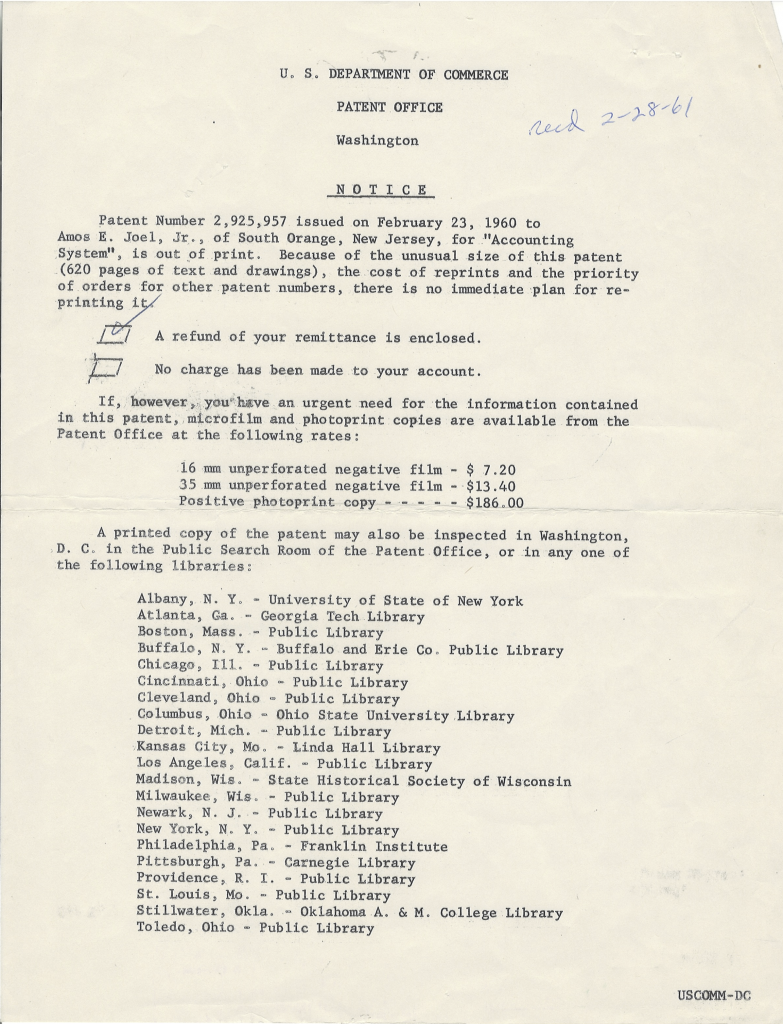
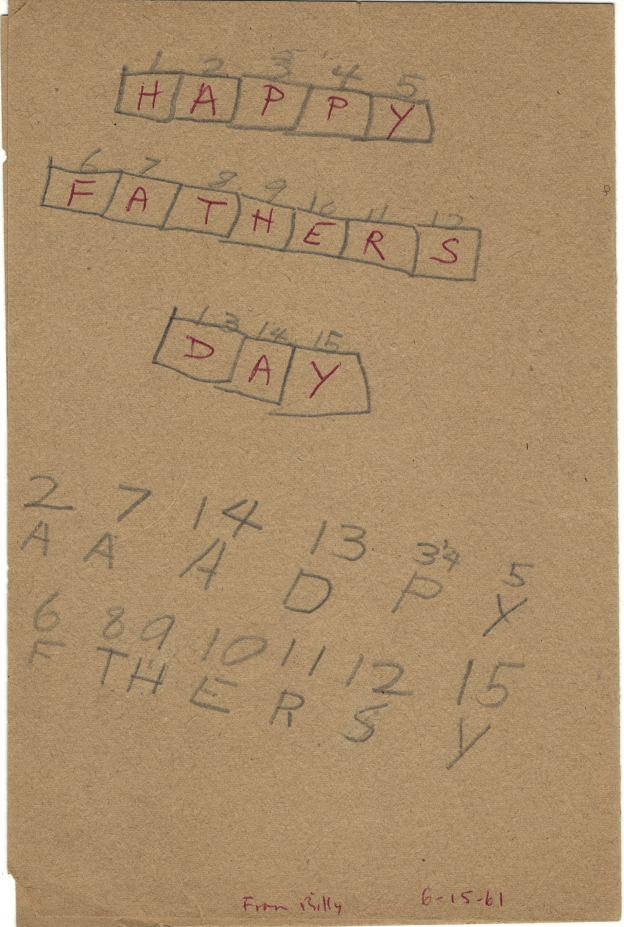

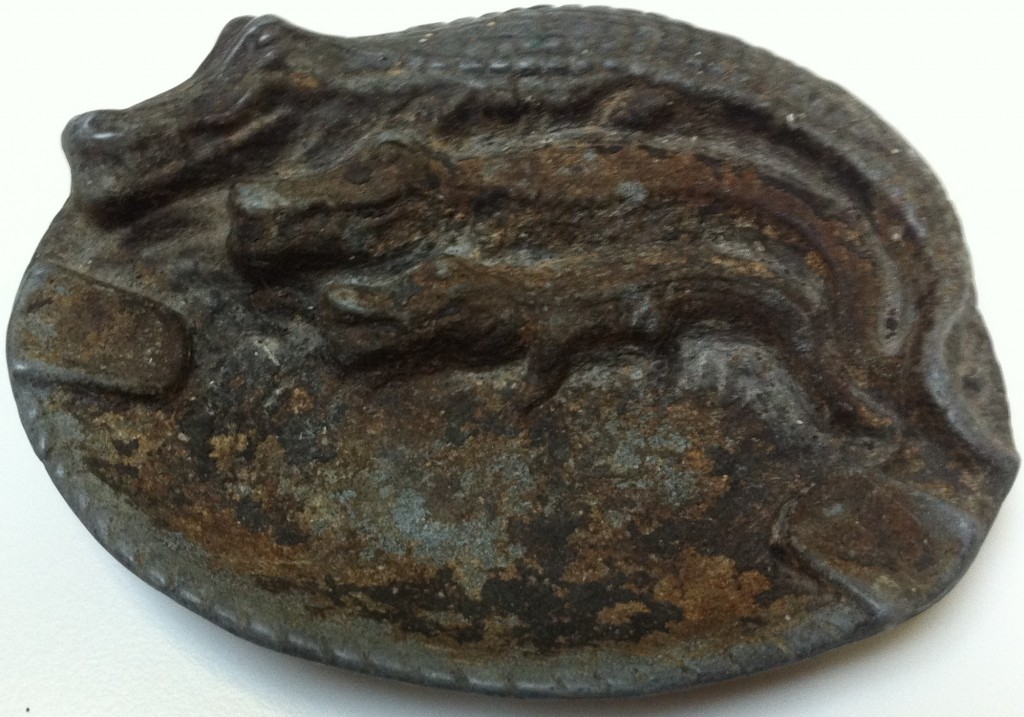
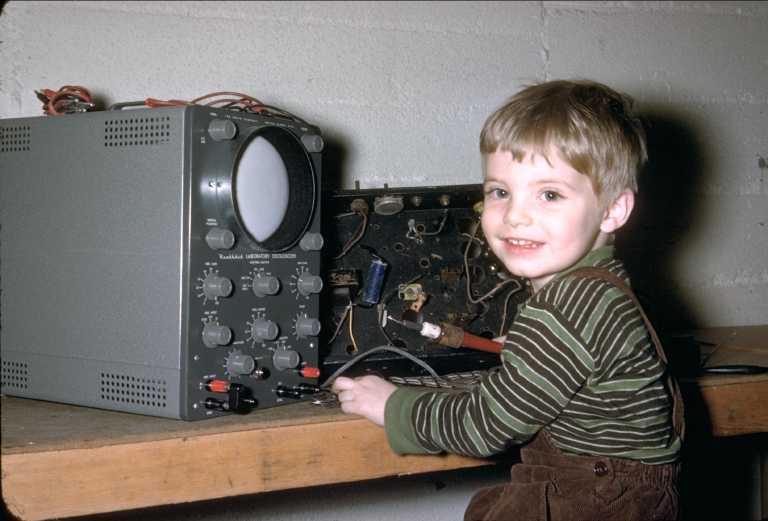
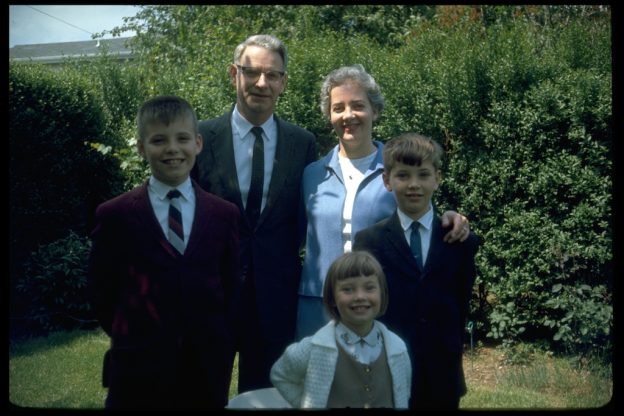

![Dad & Mom [5/30/1954] Dad & Mom [5/30/1954]](https://william-martin.conlon.org/wp-content/gallery/dad_through_the_years/thumbs/thumbs_PCD0853.IMG0081.jpg)


![Bill , Tom & Dad on snowpile [1959]. [Guess January - WMC20131103] Bill , Tom & Dad on snowpile [1959]. [Guess January - WMC20131103]](https://william-martin.conlon.org/wp-content/gallery/dad_through_the_years/thumbs/thumbs_PCD0853.IMG0023.jpg)

![Dad & Bill in Joe's boat [AUG-1959] Dad & Bill in Joe's boat [AUG-1959]](https://william-martin.conlon.org/wp-content/gallery/dad_through_the_years/thumbs/thumbs_PCD3772.IMG0040.jpg)




![Barbara & Dad in pool [AUG-1962] Barbara & Dad in pool [AUG-1962]](https://william-martin.conlon.org/wp-content/gallery/dad_through_the_years/thumbs/thumbs_PCD3930.IMG0054.jpg)

![Dad with a sulking Barbara [JUN-1964] Dad with a sulking Barbara [JUN-1964]](https://william-martin.conlon.org/wp-content/gallery/dad_through_the_years/thumbs/thumbs_PCD3772.IMG0011.jpg)
![Bill, Dad, Mom, Barbara & Tom in back yard [JUN-1965] Bill, Dad, Mom, Barbara & Tom in back yard [JUN-1965]](https://william-martin.conlon.org/wp-content/gallery/dad_through_the_years/thumbs/thumbs_PCD3772.IMG0005.jpg)




![Bill, Mom, Barbara, Dad & Tom at 1002 Cedar Lane [APR-1969] Bill, Mom, Barbara, Dad & Tom at 1002 Cedar Lane [APR-1969]](https://william-martin.conlon.org/wp-content/gallery/dad_through_the_years/thumbs/thumbs_PCD3772.IMG0080.jpg)

















































































